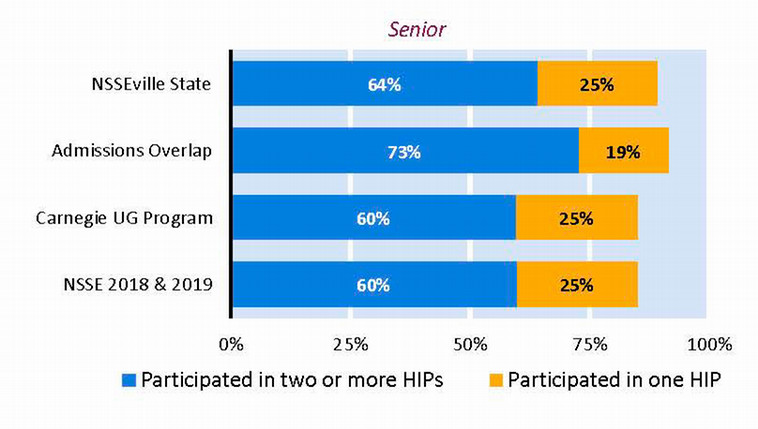To customize your comparison groups, you have four options: (a) Identify individual institutions from the list of NSSE participants, (b) Select by institutional characteristics, (c) Begin by selecting institutional characteristics, and then add or remove individual institutions to refine the group, or (d) Accept NSSE’s default groups (below).
- Default Group 1 – For institutions not in a NSSE consortium, this group includes all other prior- and current-year NSSE institutions within your geographic region (New England, Mid East, Great Lakes, Plains, Southeast, Southwest, Rocky Mountains, Far West, or Canada) and sector (public or private). For consortium-participating institutions, this group includes the other consortium members.
- Default Group 2 – All other prior- and current-year NSSE institutions sharing your institution’s Basic Carnegie Classification (Doc RU-VH, Doc RU-H, Doc DRU, Masters-L, Masters-M, Masters-S, Bac- AS, or Bac-Diverse).
- Default Group 3 – For U.S. institutions this includes all other prior- and current-year U.S. NSSE institutions. Canadian universities receive all other prior- and current-year Canadian and U.S. institutions.
- Module Defaults – If you participated in one of NSSE’s topical modules your default group includes all other prior- and current-year institutions that administered the same module.
Again, we do not encourage the acceptance of default groups and urge you to create tailored comparison groups.


